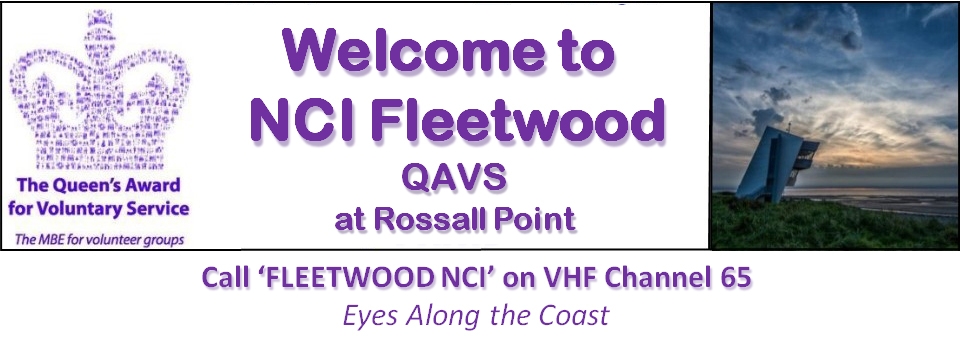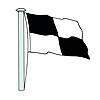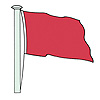Lifeguarded locations top five safety tips
 •Swim at a lifeguarded beach, between the red and yellow flags
•Swim at a lifeguarded beach, between the red and yellow flags
•Never use inflatables in strong winds or rough seas.
•Check weather and tide times before you go.
•If you get into trouble, stick your hand in the air and shout for help.
•If you see someone else in trouble, tell a lifeguard. If you can not see a lifeguard, call 999 or 112 and ask for the Coastguard
Non-lifeguarded locations
For those who can’t make it to a lifeguarded beach:
1.Find out about your chosen beach before you go at goodbeachguide.co.uk
2.Check weather and tides before you go
3.Read the safety signs at the beach entrance to make yourself aware of specific local hazards
4.If you get into trouble, stick your hand in the air and shout for help
5.If you see someone in trouble, call 999 or 112 and ask for the Coastguard but do not attempt a rescue yourself.
Every summer, lifeguards respond to thousands of incidents on UK beaches. To stay safe at the seaside, be informed about the dangers and follow these simple tips.
In 2010, lifeguards from the Royal National Lifeboat Institution (RNLI) responded to more than 16,500 incidents, helping more than 18,500 people in difficulty on some of the UK’s busiest beaches.
Nearly two-thirds (62%) of the people they helped were children and the most common type of incident, counting people of all ages, involved rip currents that can quickly take paddling children, bodyboarders and swimmers out of their depth.
Rip currents cause the most incidents and can occur at any beach with waves so thats most of the UK coast. This is why we encourage people
to swim between the red and yellow flags at lifeguarded beaches. Lifeguards know their beaches and are experienced in spotting rips and other dangers. They place the flags to identify the safest areas to swim says JoJo Mains, RNLI’s beach safety manager.
To avoid getting into difficulty at the seaside, follow these safety tips from the RNLI.
Tips for beach-goers If you see anyone in trouble, alert the lifeguards or call either 999 or 112 and ask for the coastguard
1.Swim at a beach patrolled by lifeguards
This is the single most important message from the RNLI, says JoJo. This is because you are far less likely to drown on a lifeguarded beach and first aid as well as other assistance is immediately available from RNLI lifeguards.
Find the red-and-yellow flags and always swim or bodyboard between them. This is the safest part of the beach because its where the lifeguards patrol. Lifeguards will move the flags to adjust for changing conditions during the course of the day as rip currents and other dangers can come and go with the tide and varying weather conditions.
Not all beaches have lifeguards
. To find beaches where there are lifeguards on duty during the summer months, use the search facility on the Good Beach Guide website.
2. Look for information and follow advice
Find out about the beach before you go there, and check the weather and tide times. Ask at the local tourist information office or use the Good Beach Guide to find out about facilities at more than 500 beaches around the UK. See the bottom of this page for more information on tides.
When you get to the beach, read the safety signs at the entrance. This will help you to identify and avoid hazards as well as find out about the safest areas to swim. The signs will also have specific information that you can provide to emergency services to help them locate you quickly.
3.Never swim alone
4.If you get into trouble in the sea, stick your hand in the air and shout for help
5.If you see someone else in trouble, tell a lifeguard
If you can’t see a lifeguard, call 999 or 112 and ask for the coastguard.
6. Never use inflatables in strong winds or rough seas
“Even a slight breeze offshore can sweep you out to sea very quickly.
When there is little or no wind, only use inflatables between the red-and-yellow flags and make sure children are closely supervised.
7 Supervise children
Keep an eye on children at all times and agree on a meeting point when you arrive at the beach in case you’re separated.
8. Don’t go into the sea after drinking alcohol
Alcohol slows your reactions and can impair your ability to judge distances.
9. Know your flags
On beaches patrolled by lifeguards, different flags tell you where it’s safest to swim and which areas are designated for watersports.
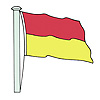
The area between the red and yellow flags is patrolled by lifeguards. This is the safest place to swim, bodyboard and use the water. Never go in the water when the red flag is flying.
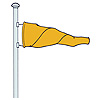
The orange windsock means there are offshore winds. Never use an inflatable when you see the sock flying as the wind could push you offshore very quickly.
The dangers of the sea
Rips are strong currents that can quickly take swimmers from shallow water to water beyond their depth.
If you’re caught in a rip, the RNLI advice is:
- Stay calm.
- If you can stand, wade. Dont swim.
- Keep hold of your board or inflatable to help you float.
- Raise your hand and shout for help.
- Never try to swim directly against the rip or you’ll get exhausted.
- Swim parallel to the beach until free of the rip, then make for shore.
Watch out for waves, especially if you have small children. Even a small wave can knock a child over. Dumping waves are particularly dangerous. These waves break with great force in shallow water and occur during low tide.
Tombstoning
Many people have been seriously hurt or killed by tombstoning (jumping from a height into water). Tombstoning is dangerous for several reasons:
- The water depth changes with the tide and the water may be more shallow than you think.
- Rocks or other submerged objects may not be visible.
- The water may be cold and the shock could make it difficult to swim.
- There can be strong currents that could sweep you away.
Find out more about tombstoning and watch two short films about the dangers of tombstoning Here
Other beach hazards
Sunburn
For tips on avoiding sunburn and protecting your skin and eyes from the sun’s harmful ultraviolet rays, see Sun protection.
Dehydration
Make sure you have plenty of water to drink. Even on a cool day, the sun and wind can dehydrate you.
Avoid drinking alcohol at the beach. It contributes to dehydration, affects judgement and leads to greater risk-taking. Never enter the water when you’ve been drinking alcohol.
Weever fish and jellyfish stings
Insect stings
For information on how to treat stings and how to tell if a person needs urgent medical help, find out how to treat insect stings
Helping To Save Lives
